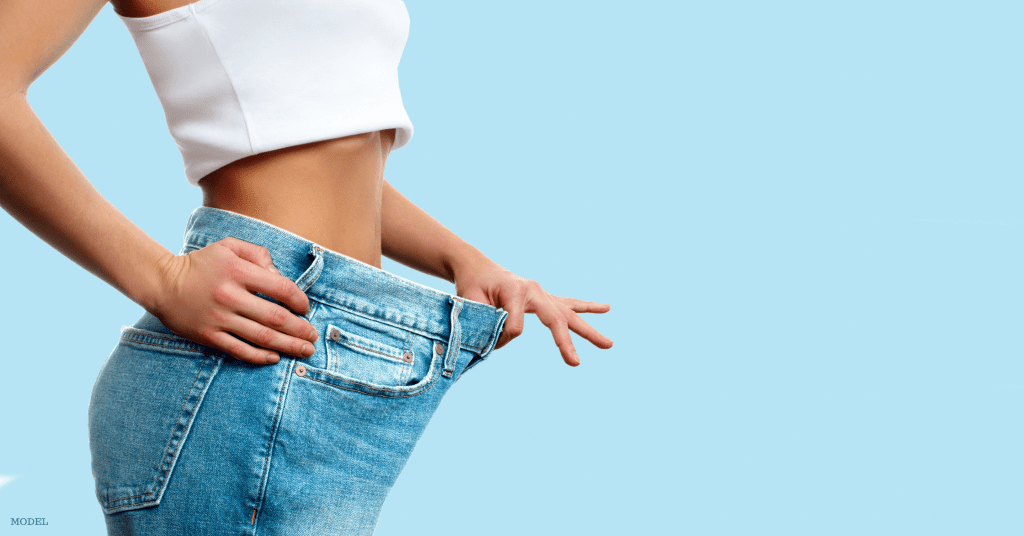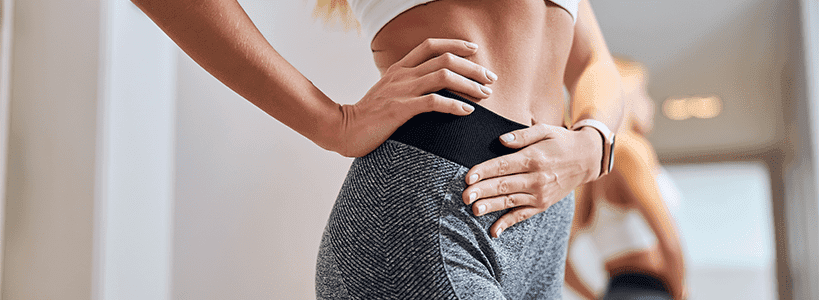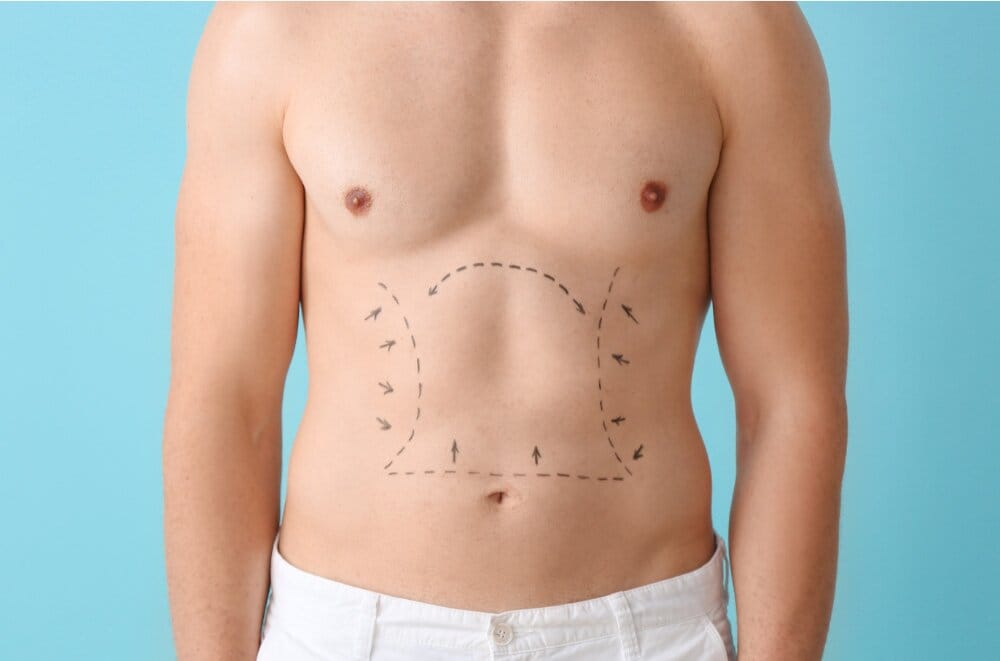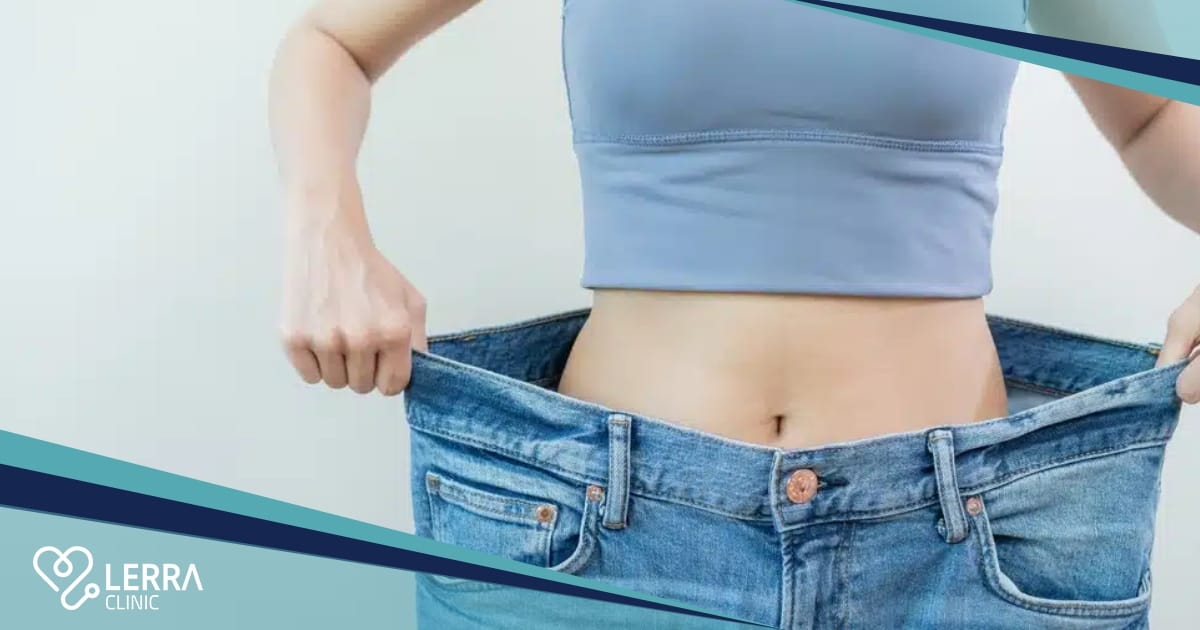Wondering which liposuction method suits you best? This article explores the different types of liposuction, which is best for you, including traditional, tumescent, laser-assisted, and more. Learn how each technique works and choose the best option for your body and goals.
Table of Contents
Key Takeaways
- Traditional liposuction techniques like tumescent liposuction enhance comfort during fat removal but do not address skin laxity, making candidate skin quality a crucial factor.
- Modern liposuction technologies such as laser-assisted and ultrasound-assisted liposuction offer precise fat removal with faster recovery times and additional skin tightening benefits.
- Choosing the right liposuction technique involves evaluating aesthetic goals, skin condition, and consulting with a board-certified plastic surgeon for tailored advice.
Understanding Traditional Liposuction Techniques

Traditional liposuction, a staple in cosmetic surgery, has been reshaping bodies for decades. Known as suction-assisted liposuction (SAL), it uses a thin tube called a cannula to break up and remove excess fat from specific areas. The cannula is moved back and forth to loosen fat, which is then suctioned out through small incisions with a high-pressure vacuum.
Tumescent liposuction enhances the traditional method by injecting a saline, lidocaine, and epinephrine solution into the targeted area. This solution numbs the area, minimizes bleeding, and reduces discomfort during the procedure.
However, tumescent liposuction, while effective at removing fat, does not tighten loose skin, which may be a consideration for some patients.
Suction-Assisted Liposuction (SAL)
Suction-assisted liposuction (SAL) is the cornerstone of traditional liposuction techniques. This method employs a cannula to remove excess fat through controlled movements. The cannula is maneuvered in a back-and-forth motion, effectively loosening the fat, which is then suctioned out.
This technique is particularly effective for body contouring and remains a popular choice due to its simplicity and effectiveness.
Tumescent Liposuction
Tumescent liposuction revolutionized the liposuction procedure by making it safer and more comfortable. Injecting a solution that includes saline, lidocaine, and epinephrine numbs the targeted area and minimizes blood loss during fat removal. This method has made liposuction more accessible to individuals who may have been concerned about the pain and recovery associated with traditional techniques.
However, tumescent liposuction does not address skin laxity. Patients with firm, elastic skin are the best candidates for this procedure, as their skin is more likely to contract after the fat is removed. Those with poor skin quality may find that their skin appears looser post-procedure, which is a significant consideration when choosing this type of liposuction.
Advanced Liposuction Technologies
With advancements in technology, liposuction has evolved to include more efficient and less invasive methods. Modern techniques such as laser-assisted liposuction and ultrasound-assisted liposuction (Vaser) have brought significant improvements in fat removal and body contouring. These advanced technologies not only enhance the effectiveness of the procedures but also reduce recovery times and minimize trauma to surrounding tissues.
Laser-assisted liposuction (SmartLipo) and Vaser liposuction stand out for their precise fat removal and additional benefits like skin tightening and collagen stimulation. These methods are ideal for individuals looking for types of liposuction that offer a more refined approach to body contouring.
Laser-Assisted Liposuction (SmartLipo)
Laser-assisted liposuction, commonly known as SmartLipo, utilizes laser energy to liquefy fat cells, making them easier to remove. This technique involves inserting a laser fiber through a small incision to deliver laser energy directly to the fat cells, melting them before they are suctioned out. One of the significant benefits of SmartLipo is its ability to stimulate collagen production, which helps tighten and smooth the skin post-procedure.
Despite its advantages, SmartLipo carries risks such as thermal injury and burns due to the laser energy. A skilled and experienced surgeon can minimize these risks.
SmartLipo is not necessarily safer or less invasive than traditional liposuction, but its added benefits make it popular for those seeking both fat removal and skin tightening.
Ultrasound-Assisted Liposuction (Vaser)
Vaser liposuction employs ultrasound energy technology to emulsify fat, making it easier to remove with a cannula. This minimally invasive method is particularly effective for larger areas or fibrous regions of the body, providing precise fat removal with less trauma to surrounding tissues.
Local anesthesia is typically used, and patients benefit from quicker recovery times compared to traditional methods.
Power-Assisted Liposuction (PAL)
Power-assisted liposuction (PAL) uses a vibrating cannula to break down fat more efficiently than manual techniques. This oscillating motion allows for faster fat removal and reduces surgeon fatigue, which can enhance the overall precision and effectiveness of the procedure. By minimizing trauma and bleeding, PAL also contributes to quicker recovery times for patients.
PAL offers superior control and visibility for the surgeon compared to suction-assisted liposuction, making it ideal for detailed body contouring. Its efficiency in fat removal and reduced recovery time make it a compelling option for those considering liposuction.
Specialized Liposuction Techniques

Specialized liposuction techniques have evolved to meet specific aesthetic goals, moving beyond simple fat removal to achieve precise body contouring. These methods use advanced technologies to minimize tissue trauma and enhance precision, resulting in tailored outcomes that align with individual desires.
Among these specialized techniques, high-definition liposuction and minimally invasive options like Vaser liposuction stand out. These methods are designed to provide significant improvements in muscle definition and reduce recovery times, offering patients a more customized approach to body sculpting.
High Definition Liposuction
High definition liposuction improves muscle definition by selectively removing fat and using fat grafting techniques. This reveals muscle contours, giving patients a more athletic and toned appearance. The procedure requires high expertise and precision, so choosing a skilled surgeon is crucial for the best results.
High definition liposuction offers impressive outcomes but involves additional procedure time, recovery, and expense compared to traditional methods. Patients should be prepared for a more intensive process but can expect significantly improved muscle visibility and body contouring.
Minimally Invasive Liposuction Options
Minimally invasive liposuction techniques, such as Vaser liposuction, are popular for reducing trauma and facilitating quicker recovery. These methods use advanced technologies to minimize tissue damage, leading to less postoperative pain and swelling than traditional techniques.
Smaller incisions and less invasive procedures allow patients to resume daily activities much sooner, making these options attractive for busy lifestyles. Minimally invasive liposuction offers a balance between effective fat removal and reduced recovery time, making it a preferred choice for many.
Choosing the Right Liposuction Technique for Your Needs
Selecting the right liposuction technique involves considering various factors, including your aesthetic goals, skin quality, and the amount of fat to be removed. The expertise of the surgeon plays a crucial role in achieving satisfactory results, making it vital to choose a board-certified plastic surgeon for your procedure.
Discussing your expectations and concerns with your surgeon ensures you receive professional advice tailored to your situation. Whether you are looking to improve your appearance in swimwear or fit more comfortably in your clothing, understanding the different liposuction methods can help you make an informed decision.
Factors Influencing Your Choice
Candidates for liposuction should ideally be within 30% of their target weight to achieve optimal results. Skin elasticity is another critical factor, as the skin needs to contract after fat removal to avoid loose skin. Poor skin quality before liposuction may result in looseness in operated areas, making it essential to consider your skin’s condition when choosing a technique.
For those needing to remove a significant amount of excess fat, techniques like tumescent liposuction or power-assisted liposuction are recommended. These methods are effective for large volume fat removal, providing significant improvements in body contouring.
Consulting with a Board-Certified Plastic Surgeon
Consulting with a board-certified plastic surgeon is critical for ensuring safe and effective liposuction outcomes. A qualified surgeon can evaluate your medical history, discuss your expectations, and suggest the most suitable technique for your needs. Honesty about your medical history and expectations is crucial during the consultation to achieve the best results.
It’s also important to ask about the price and any additional costs to understand the full scope of the procedure. Keep an open mind, as your surgeon may suggest alternatives that better suit your body contouring goals.
Considering the risks and benefits of specific techniques, such as SmartLipo, can help you make an informed decision.
Preparing for Your Liposuction Procedure
Preparation is key to a successful liposuction procedure. Begin by discussing your expectations and providing a thorough medical history review to your surgeon. Your surgeon will guide you on which medications to stop before the procedure, such as blood thinners and NSAIDs, to reduce the risk of complications.
Maintaining a healthy diet and being close to your target weight are crucial, as liposuction is not intended for weight loss. Undergo any required lab tests to assess your health and surgical needs, and quit smoking several weeks in advance to improve healing.
Make sure to have a driver to take you home after your procedure. It’s also important to have someone stay with you for at least the first night.
Post-Procedure Recovery and Results

The recovery process after liposuction involves managing swelling, bruising, and pain. Most patients experience these side effects in the first few days, with swelling potentially lasting for several weeks. The expected recovery time is approximately 4 to 6 weeks, during which patients should gradually resume their daily activities.
Short walks are encouraged to promote circulation and reduce the risk of blood clots, while taking time off work facilitates a smooth recovery. Over-the-counter pain management options are typically sufficient, and arranging for assistance with daily tasks can be beneficial.
Managing Recovery Time
Compression garments are essential in the recovery process as they help reduce swelling and support the body’s new contours. Most individuals can return to work within one to two weeks, depending on the physical demands of their job.
During the first week, patients should avoid strenuous activities but can start light walking to aid recovery. Techniques like SmartLipo offer faster recovery with reduced bruising and skin tightening benefits, allowing patients to resume normal activities more quickly.
Long-Term Results and Maintenance
Liposuction results are long-lasting as the removed fat cells do not return, but maintaining a stable weight is crucial. If significant weight gain occurs post-procedure, body fat can accumulate in other areas, altering the appearance.
Maintaining a stable weight ensures long-lasting liposuction results. Patients can expect to see a slimmer area within several months, with final results becoming more apparent as the body heals.
Summary
Decoding the different types of liposuction helps demystify this popular cosmetic surgery. Traditional methods like suction-assisted liposuction and tumescent liposuction have paved the way for more advanced techniques such as laser-assisted liposuction (SmartLipo), ultrasound-assisted liposuction (Vaser), and power-assisted liposuction. Each method offers unique benefits and considerations, from enhancing muscle definition to minimizing recovery time.
Choosing the right liposuction technique is a highly personal decision that depends on individual goals, skin quality, and the amount of fat to be removed. Consulting with a board-certified plastic surgeon is crucial to ensure safe and effective outcomes. By understanding the various options and preparing adequately for the procedure, you can achieve the body contouring results you desire. Remember, maintaining a stable weight and healthy lifestyle post-procedure is key to enjoying long-lasting results.
Contact us today and get the best offer!
Read Also:
Liposuction vs Weight Loss Surgery
The Ultimate Guide: Everything You Need to Know About Liposuction
Sleeve Gastrectomy Turkey – Affordable Weight Loss Surgery Options
Frequently Asked Questions
What is the difference between traditional liposuction and advanced techniques like SmartLipo?
The primary difference lies in the method used: traditional liposuction manually removes fat with a cannula, while advanced techniques like SmartLipo utilize laser energy to liquefy fat, providing additional skin tightening benefits. This makes SmartLipo a less invasive option with potentially quicker recovery times.
How long does it take to recover from liposuction?
Recovery from liposuction typically takes one to two weeks for returning to work, while strenuous activities may be resumed after four to six weeks. It’s essential to follow your surgeon’s guidance to ensure a smooth recovery.
Are the results of liposuction permanent?
Yes, the results of liposuction are generally permanent since the fat cells removed do not return; however, maintaining a stable weight is essential to avoid fat gain in other areas.
Can liposuction help with weight loss?
Liposuction is not intended for weight loss; rather, it is a body contouring procedure that removes stubborn fat resistant to diet and exercise. Therefore, it should not be considered a substitute for a healthy lifestyle.
What factors should I consider when choosing a liposuction technique?
When choosing a liposuction technique, consider your target weight, skin elasticity, the volume of fat to be removed, and the surgeon’s expertise. Consulting with a board-certified plastic surgeon is essential for making a well-informed decision.

